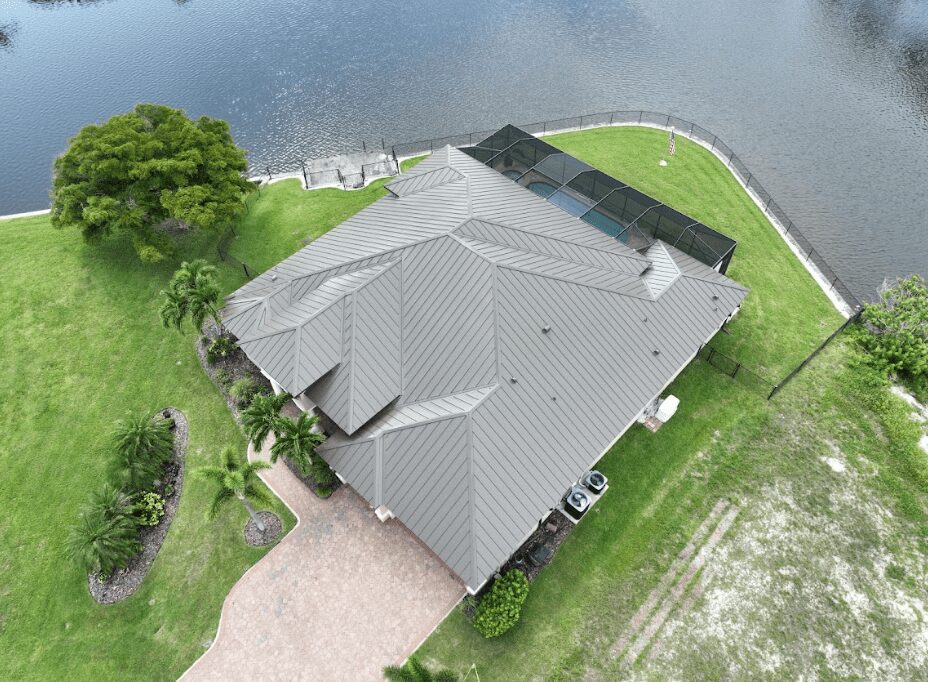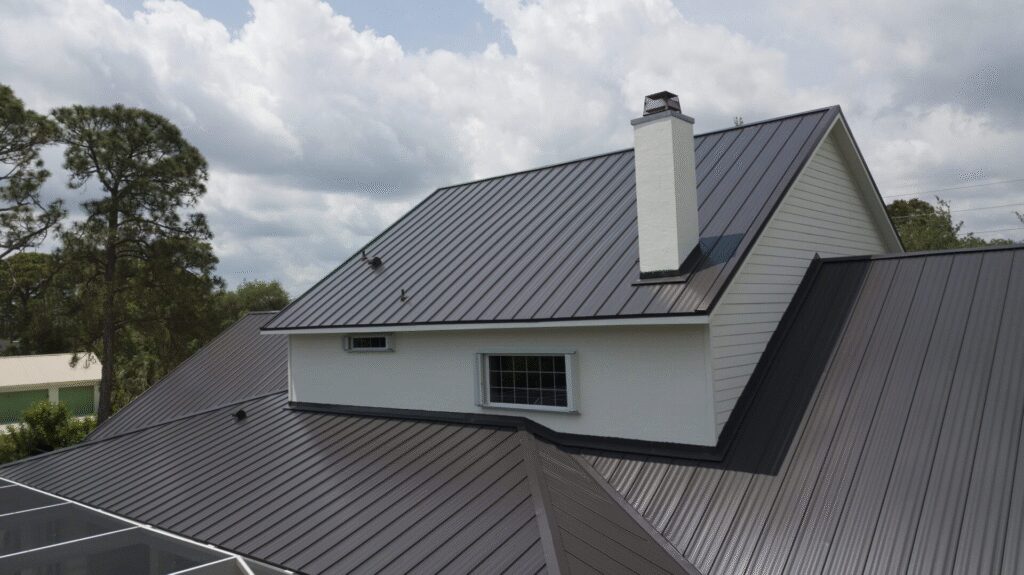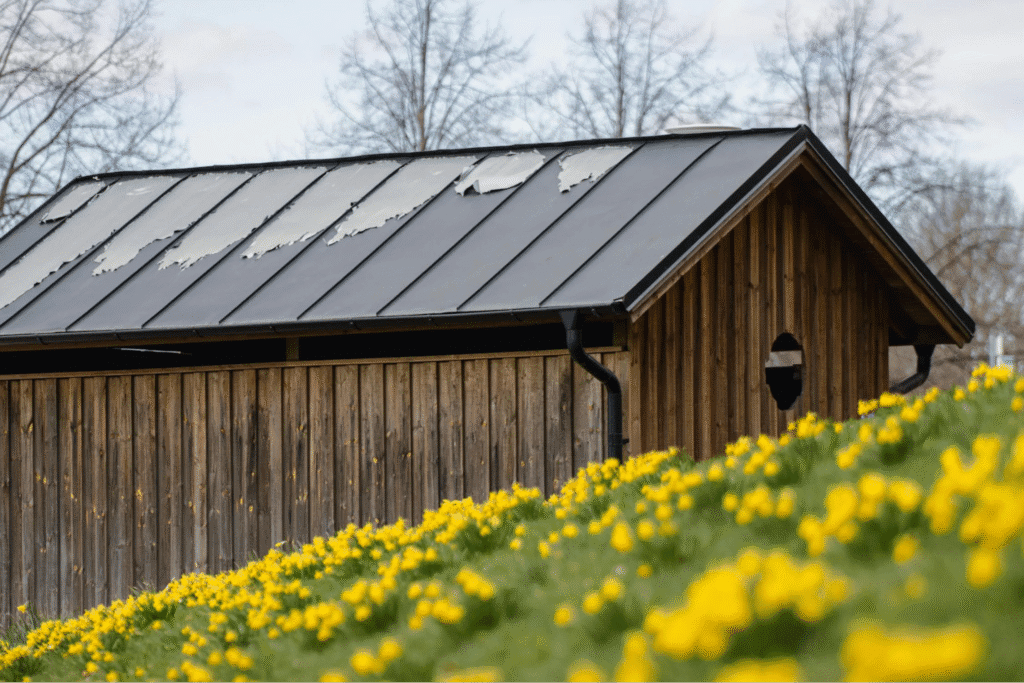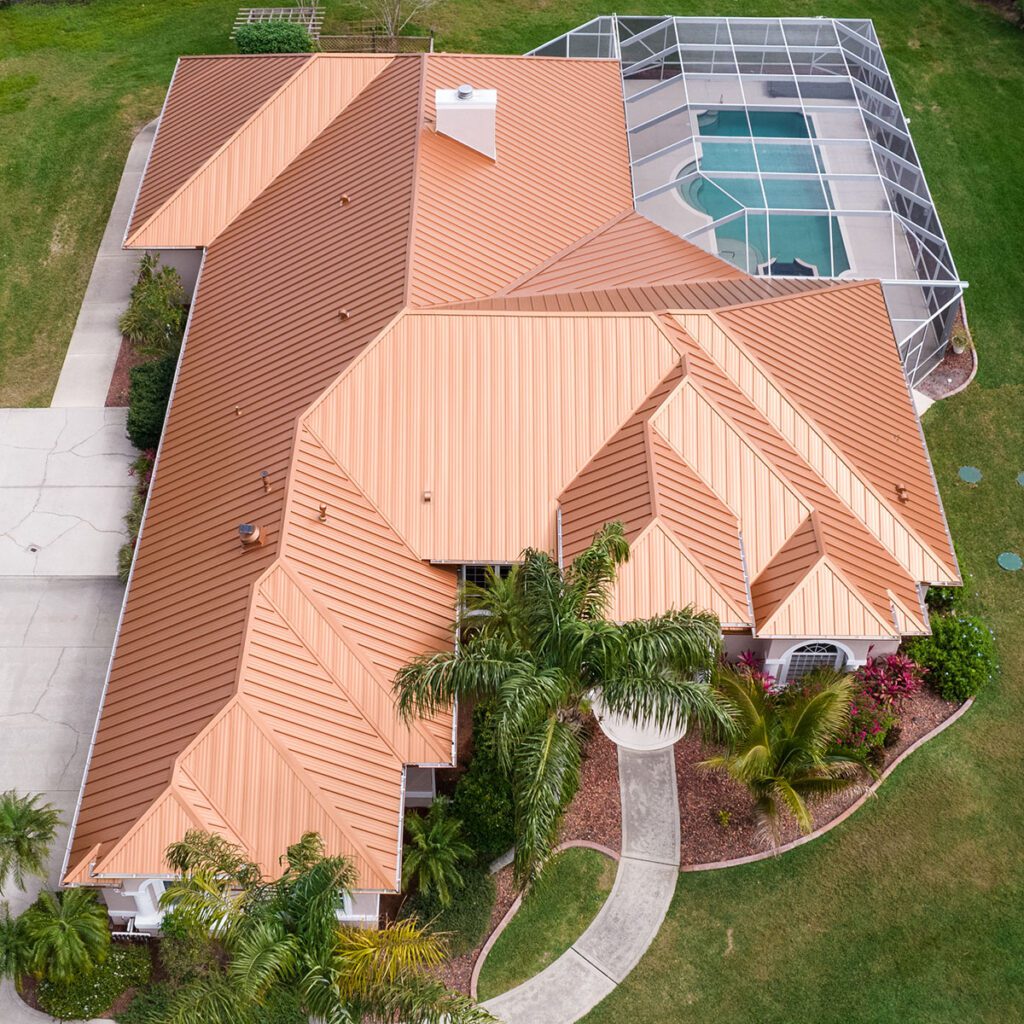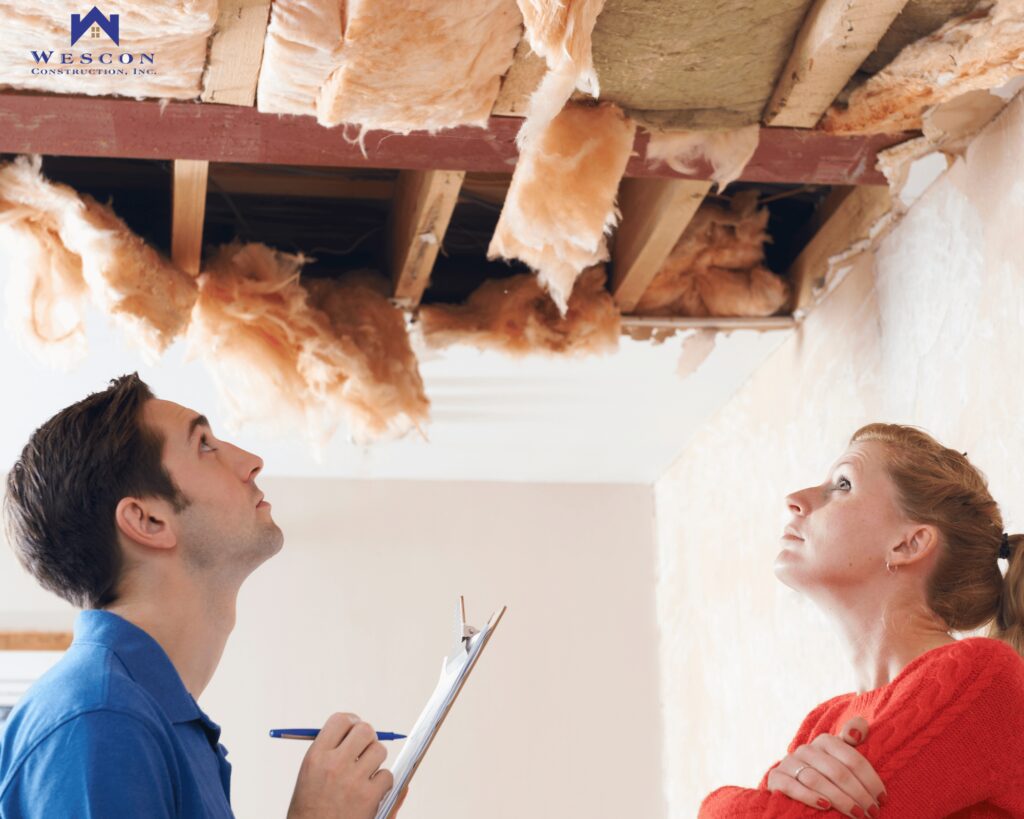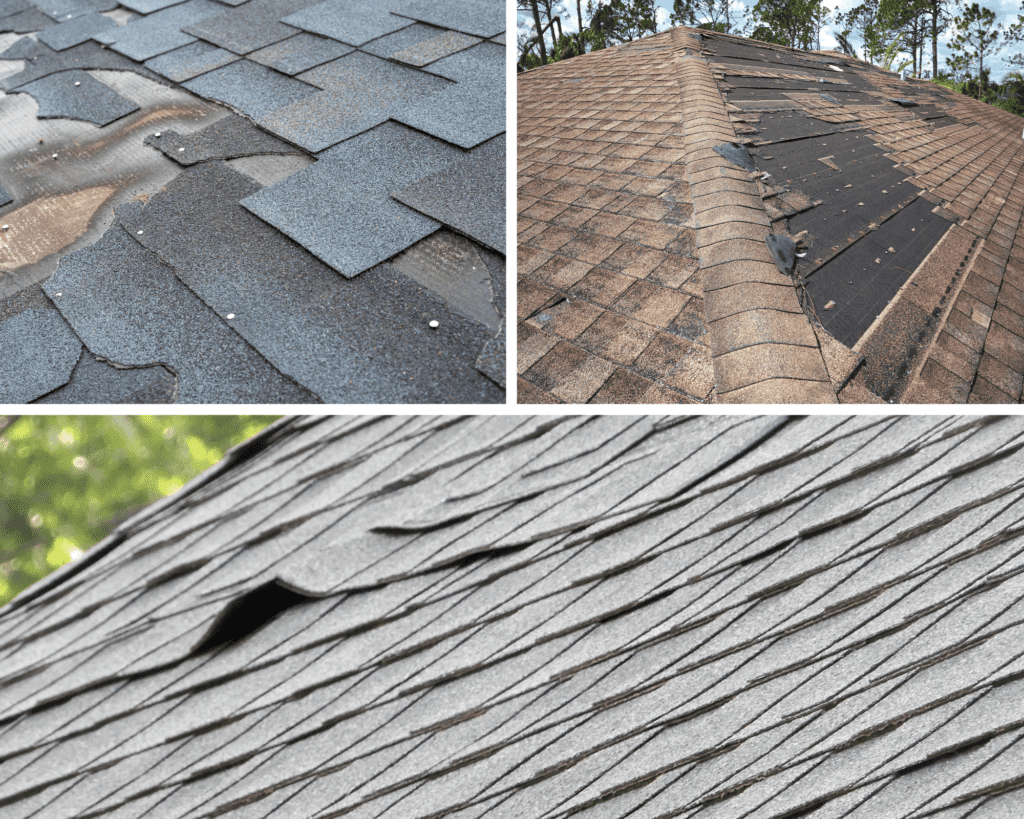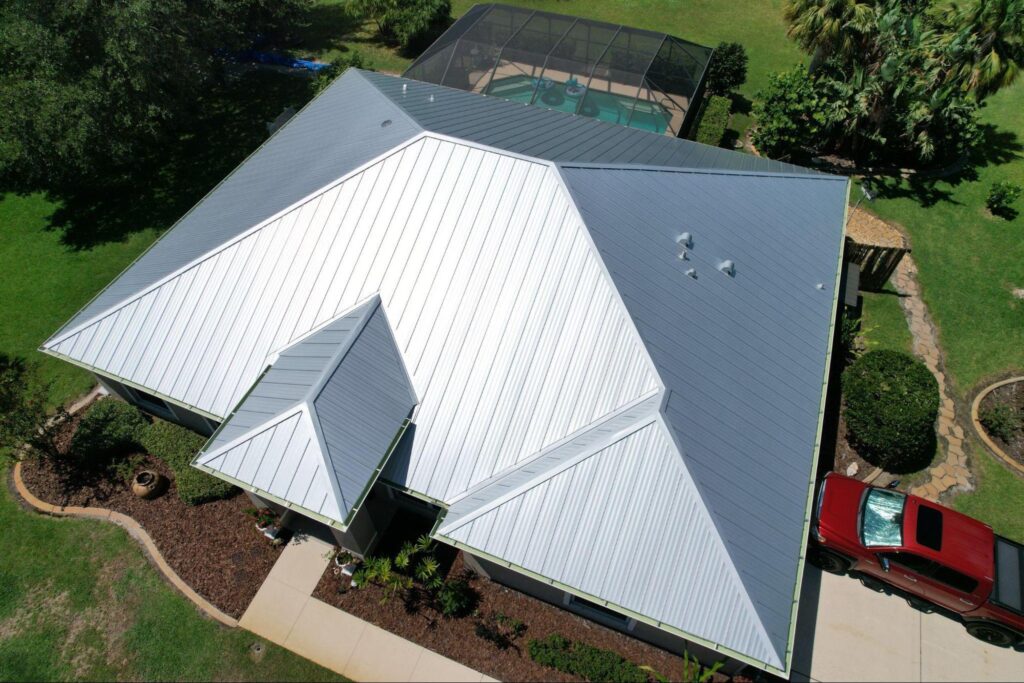What to Know About Eco-Friendly Roofs
Making your home greener doesn’t always mean installing solar panels or switching out light bulbs. One of the most impactful upgrades happens above your head: the roof. Eco-friendly roofing isn’t just good for the planet—it can also improve comfort, cut energy costs, and add value to your home. Key Takeaways The Basics of Eco-Friendly Roofing…
Read MoreHow Long Do Roofs Really Last in Florida?
If you live in Florida, your roof is up against a lot—heat, humidity, high winds, salt air, and hurricane season. So it’s fair to ask: how long will it actually last? The answer depends on several factors like the roofing material, how well it’s maintained, and what kind of weather it’s been through. Key Takeaways…
Read MoreAverage Time To Replace a Home Roof
Replacing a roof is no small task, and naturally, one of the first questions homeowners ask is how long the entire process will take. The truth is, there’s no one-size-fits-all answer, since the timeline depends on several moving parts, from materials to weather to the size and shape of the roof itself. Key Takeaways What…
Read MoreHail Roof Damage? Here’s What You Need to Do
When hail hits your home, the damage can sneak up on you. Some signs are obvious, like dented gutters or cracked windows. Others? Not so much. Shingles might look fine but be hiding bruises or cracks that lead to leaks weeks later. So, what should you actually do when a hailstorm rolls through and your…
Read MoreMost Durable Roofing Materials of 2025
The roofing industry is focusing on durability, sustainability, and technology in 2025, with eco-friendly options and innovative technologies shaping the future of home protection and environmental impact. Key Takeaways Material Durability ConcreteTile Roofs Concrete tile roofs are designed to be robust and long-lasting. When you choose concrete, you’re opting for a strong roofing option that…
Read MoreWill Insurance Cover a 20 Year-old Roof
If your roof’s 20 years old, you might be wondering if insurance will still cover it. In Florida, the short answer is: maybe. It depends on your roof’s shape, when it was last checked, and what your policy says. You’ve also gotta think about Florida’s weather. It wears roofs down faster than in other states.…
Read MoreWhat To Know About Flat Roof Replacement
If you’re facing the need for a flat roof replacement, there are some important things to keep in mind. Flat roofs can be tricky, and knowing your options, the process involved, and how to choose the right contractor can make a big difference. This guide will walk you through the essentials, so you’re better prepared…
Read MoreMost Common Roof Damages & How To Fix
This article discusses the signs of roof damage, including leaks and missing shingles, and how to fix them. Early detection can save time and money. It covers common types of roof damage and provides tips on how to fix them. Key Takeaways Identifying Signs of Roof Damage When you’re checking your roof, you need to…
Read MoreFlat Roofs in Florida: Pros & Cons!
Flat roofs are a common choice for Florida homes and commercial buildings due to their sleek look and efficient use of space. However, they have unique benefits and challenges, especially in Florida’s tropical climate. So, are flat roofs the right choice for your property? Let’s explore their pros, cons, and what to consider before making…
Read MoreRoofing Permits You Need in Florida
Homeowners in Florida should be aware of roofing permits, as they ensure safety and compliance with codes. Understanding the permit process is crucial due to Florida’s unique weather challenges. Checking local requirements before starting any roofing job is essential, whether it’s a small fix or a full replacement. Understanding Florida Roofing Permits Why Roofing Permits…
Read More
